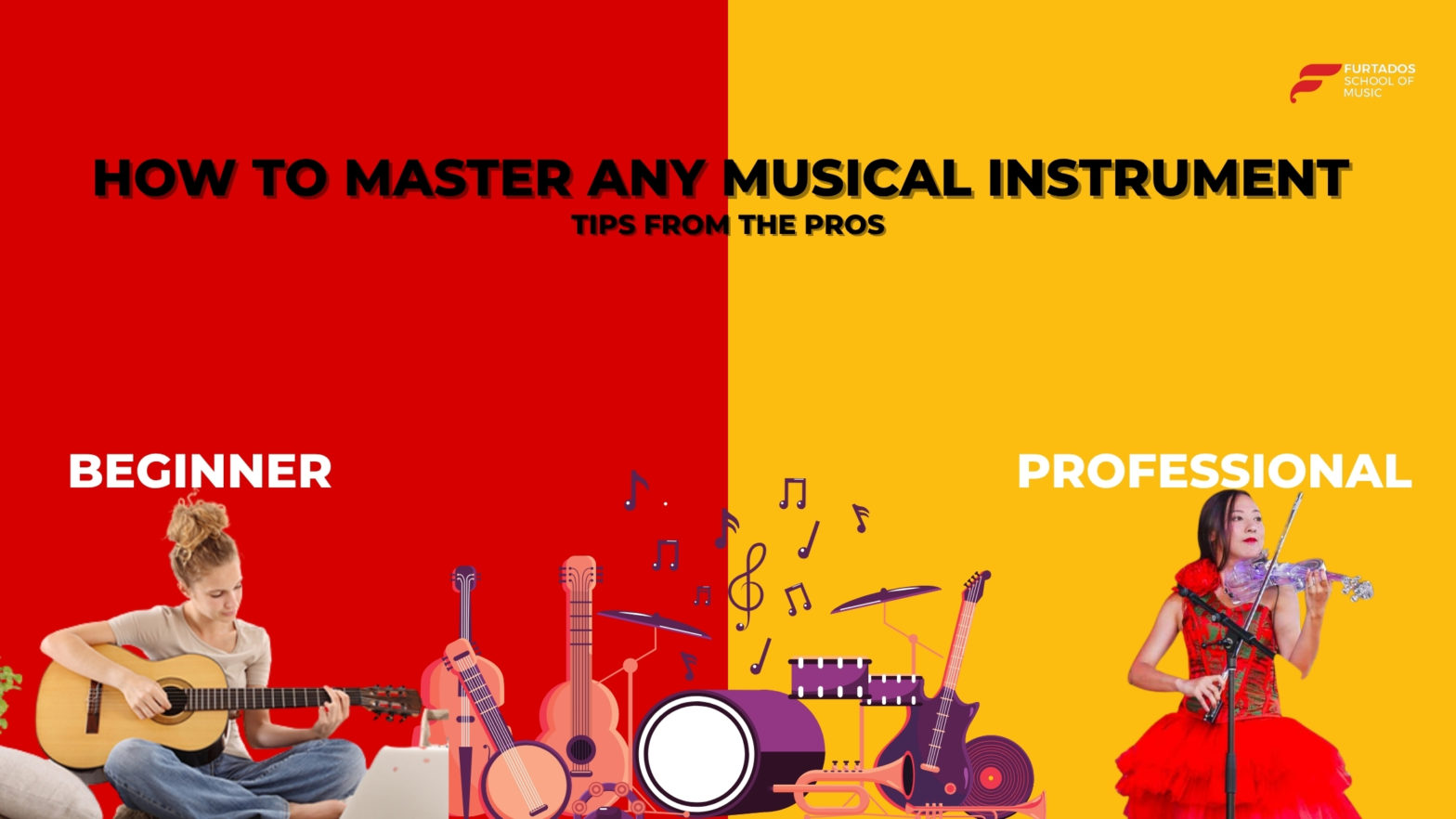Learning how to master any musical instrument isn’t about possessing the fanciest gear—it’s about consistent mindset, structured practice, and drawing wisdom from the pros. Whether you’re just starting or refining your craft, this play like a pro instrument guide will take you from good to unforgettable—harnessing expert tips for mastering instruments from some of India’s finest musical minds.
How to Master any Musical Instrument
From the very beginning, Shreya Ghoshal’s career blended rigorous classical training with adaptability. Trained from age six in Hindustani classical music, she developed a melodic control and vocal agility that serve as a masterclass for any instrumentalist . Her key tip: don’t over-calculate every move—go with the flow. That means once you know your scales, your exercises, your technique, you must let creativity lead. Apply this to your instrument. Practice structured drills, yes—but then play freely, creatively, spontaneously. That balance—between discipline and flow—is what turns practice into performance.
Sonu Nigam, often called the modern Rafi, underscores another truth: versatility comes from breadth. Having sung in over 32 languages and mastered multiple genres, he built his craft by pushing beyond comfort zones . For instrument players, this translates as: learn different styles. If you’re a guitarist, explore classical, blues, folk, jazz. Push your limits. Versatility prevents stagnation and builds depth.
Arijit Singh offers another lesson: master fundamentals deeply, then build outward. He trained relentlessly in Indian classical music, tabla, and Western styles, even self-learning music production—all of which shaped his vocal identity . For instrumentalists, this means using a metronome to develop steady tempo, mastering scales and sight-reading, and even exploring composing or arranging. The result? Control, nuance, and musical independence.
Turning to the golden era, Lata Mangeshkar embodied precision and emotional control. While we don’t have her direct quotes, her consistency stemmed from daily disciplined practice and attention to tone and phrasing—principles any musician can adopt. Emulating that, you should build riyaaz routines—dedicated daily practice sessions focused on tone, articulation, dynamics—and respect rest to maintain vocal or instrumental health.
Similarly, Kishore Kumar reveals that raw feeling matters just as much as precision. Known for musical spontaneity and emotional delivery, he would often improvise expressions mid-performance, finding a direct connection to the audience. For instrumental players, this means once you’ve learned a piece technically, let yourself play with emotion—bend notes, vary phrasing, respond to the moment. Let your feeling guide your fingers.
What emerges from these masters is a clear progression:
- Structured foundation: scales, theory, technique, reading—not just quick fixes.
- Fluid expression: improvise and let the music breathe beyond mechanics.
- Style diversity: expand your listening and playing repertoire to stay adaptable.
- Emotional honesty: connect with your inner feeling, your audience’s response.
- Daily consistency: small, well-directed practice over months and years beats fits of intensity.
Practice Plan Inspired by the Pros
- Warm‑up + technique drills (15 min): scales, arpeggios, finger exercises
- Repertoire study (20 min): learn one new piece or section
- Stylistic exploration (10 min): try playing in a different genre
- Improv/free play (15 min): go with the flow, like Shreya suggests
- Emotional interpretation: play the piece with feeling—not just notes
In this way, you follow Arijit’s foundational rigor, Sonu’s breadth, Lata’s precision, Kishore’s emotion, and Shreya’s creative spontaneity.
Mindset Tips: Beyond the Notes
- Record yourself regularly: analyze tone, timing, dynamics.
- Observe nature and art: many masters say emotional connection often comes from living life outside practice.
- Set long-term goals: a song or solo can take months, but every practice session is a step upward.
- Stay grounded: humility fuels growth, ego stalls it.
Conclusion
This play like a pro instrument guide isn’t about shortcuts. How to master any musical instrument is rooted in slow, steady growth—and inspired by the giants of music. Use expert tips for mastering instrument from Shreya Ghoshal’s openness to improvisation, Sonu Nigam’s stylistic breadth, Arijit Singh’s mastering of fundamentals, Lata’s tonal finesse, and Kishore’s emotional authenticity.
Stay disciplined, stay curious, stay expressive—and you will elevate your craft beyond technique to artistry. That’s how pros play.
